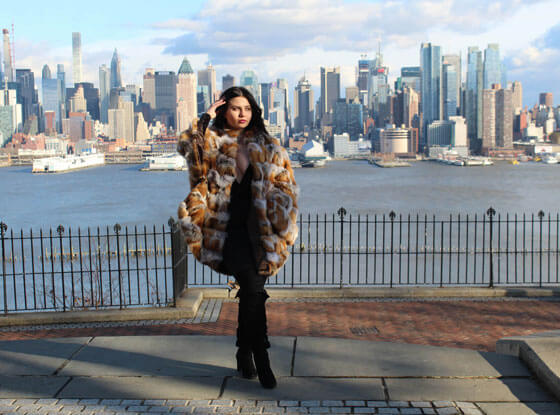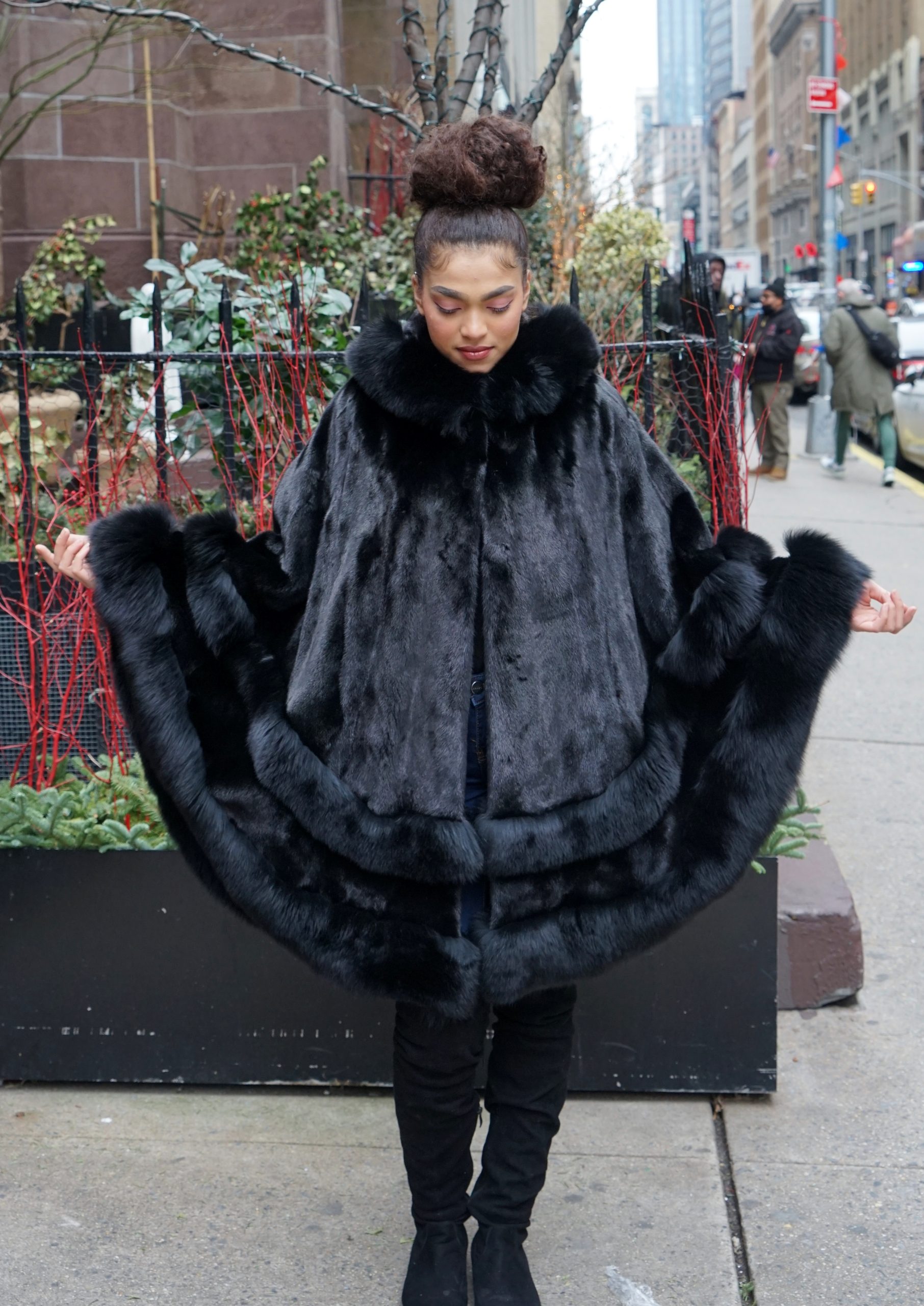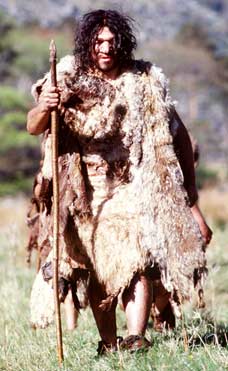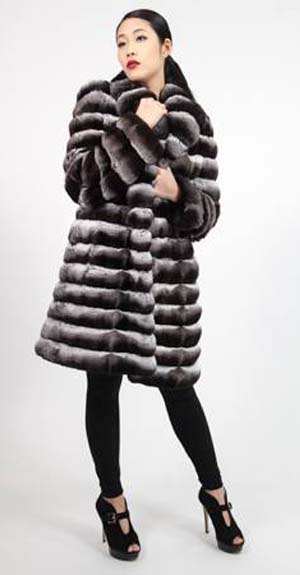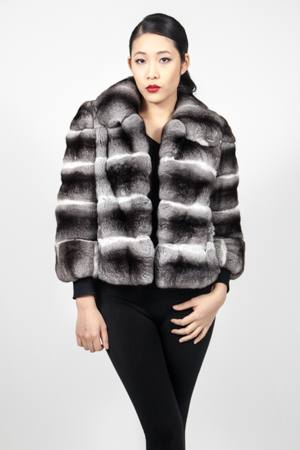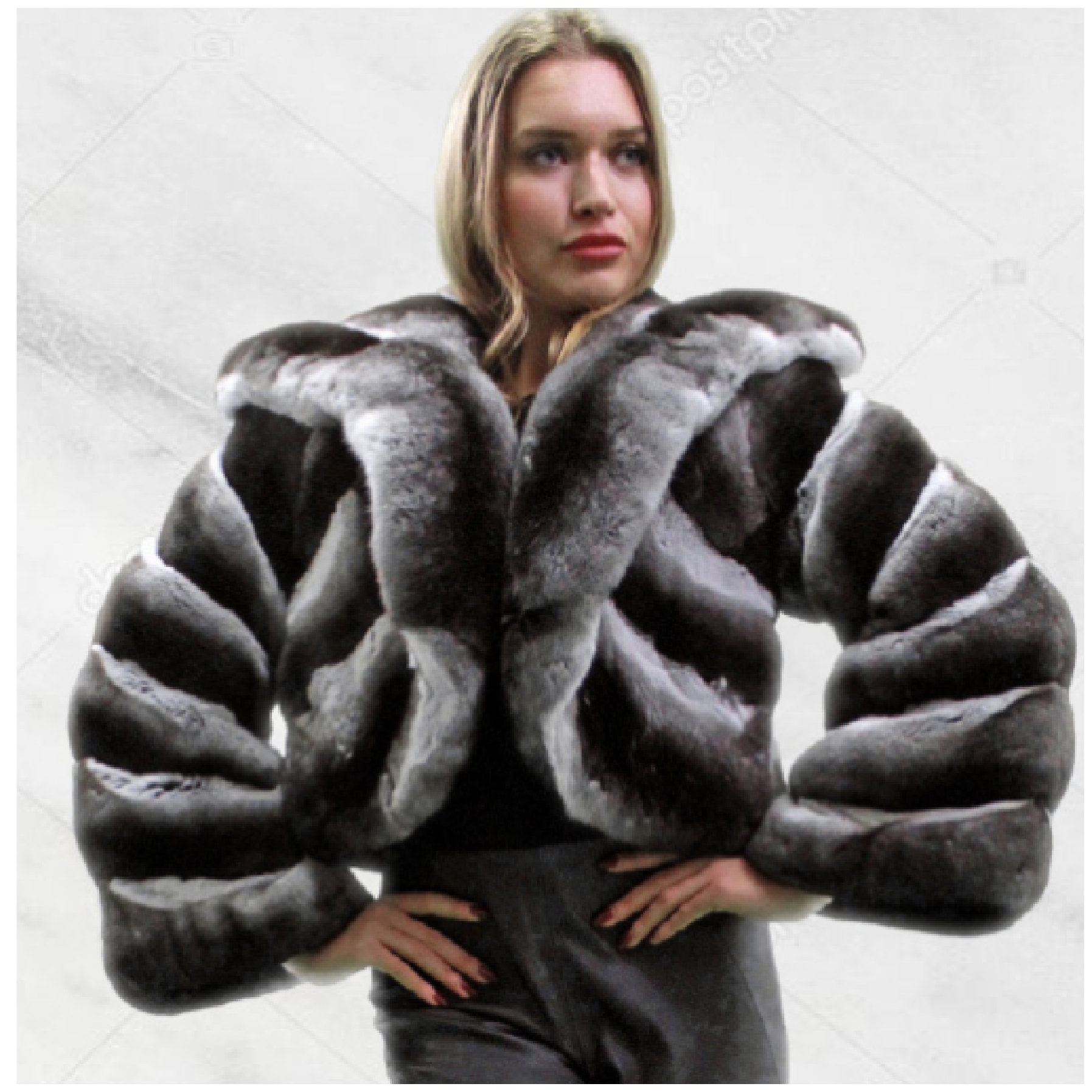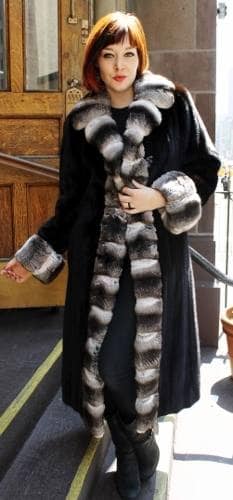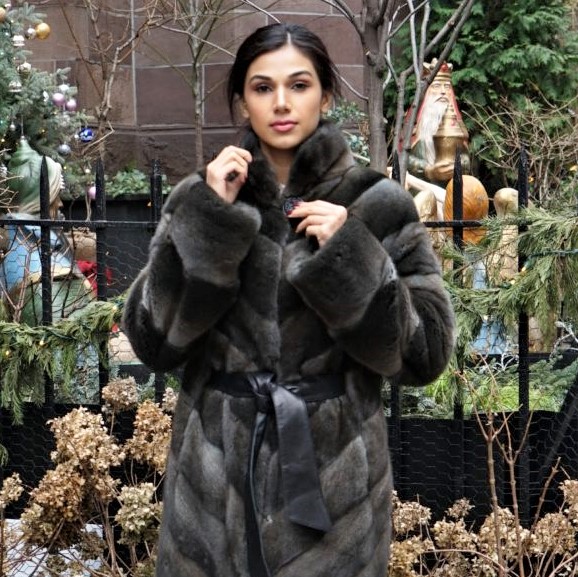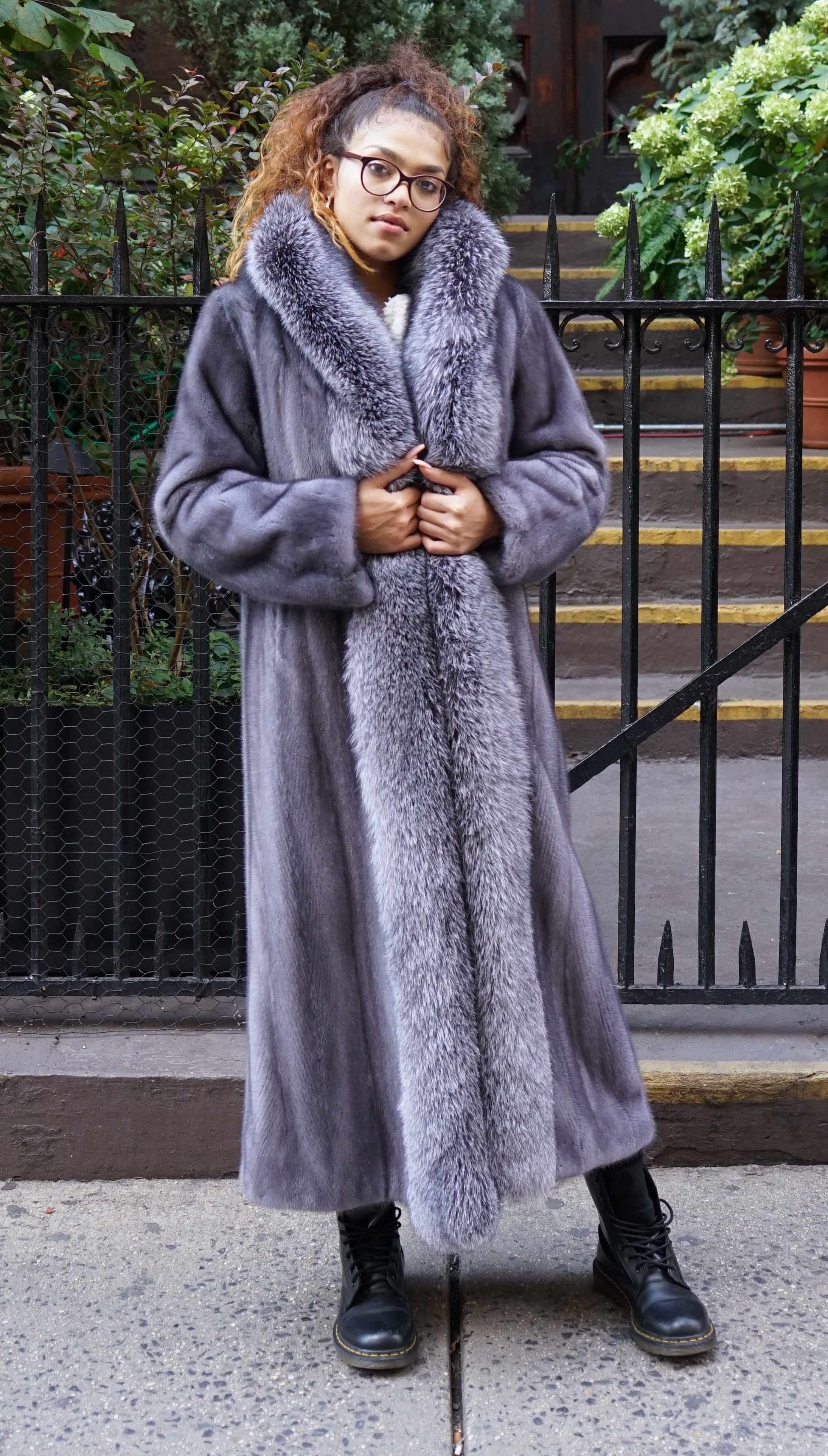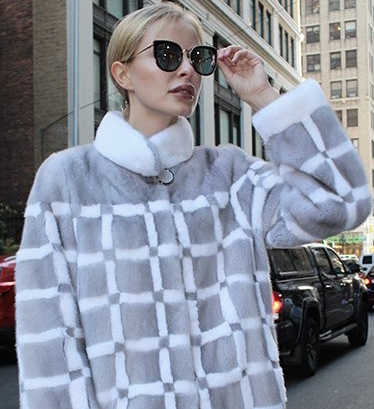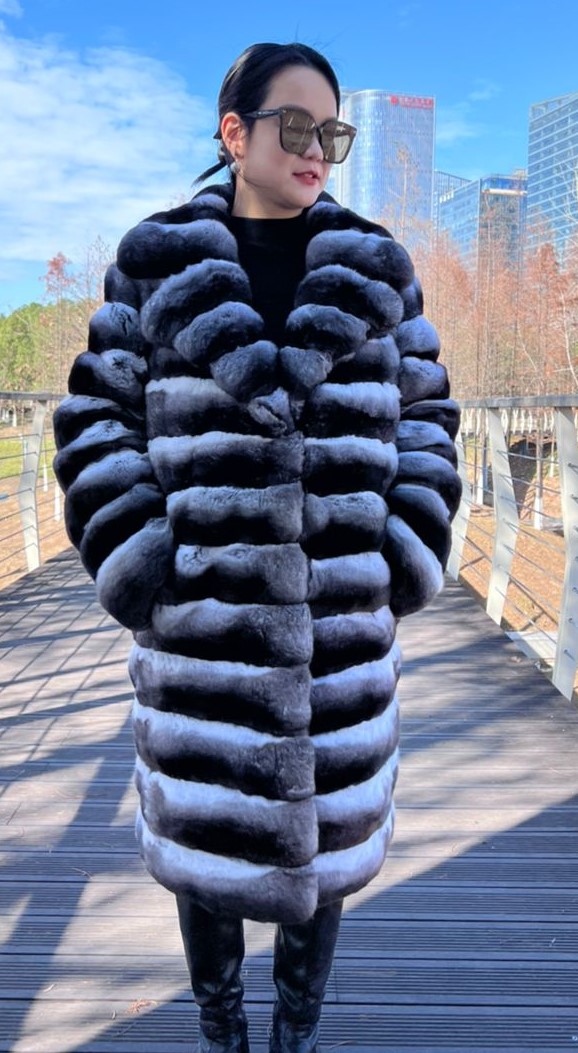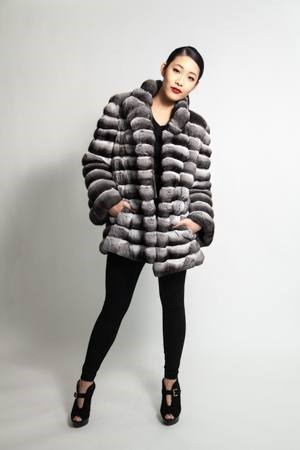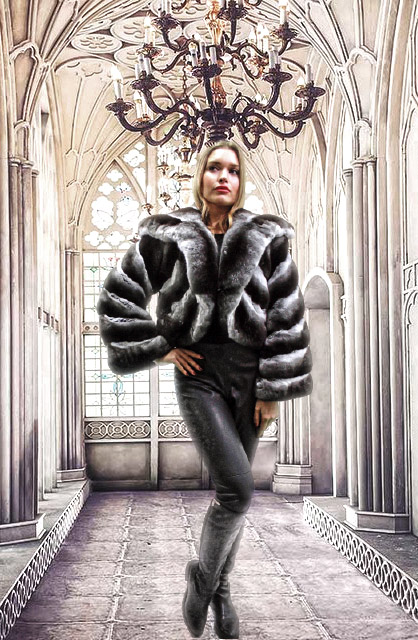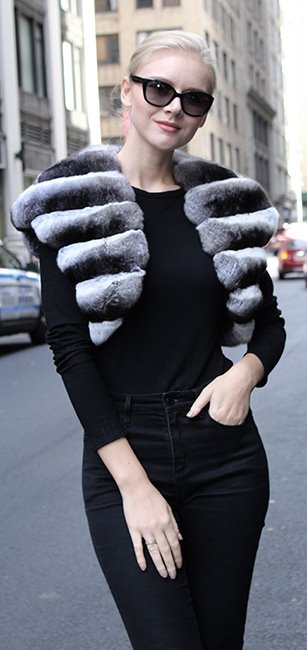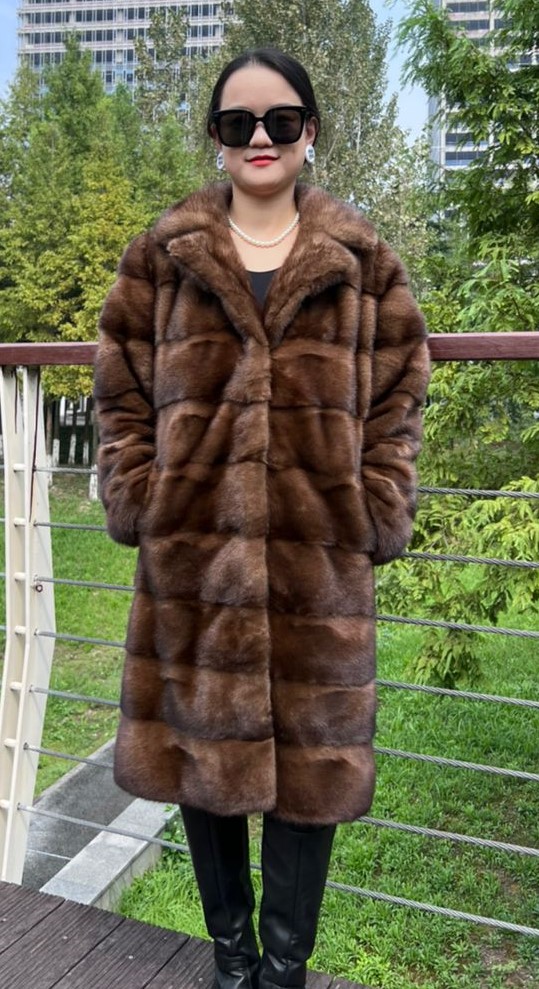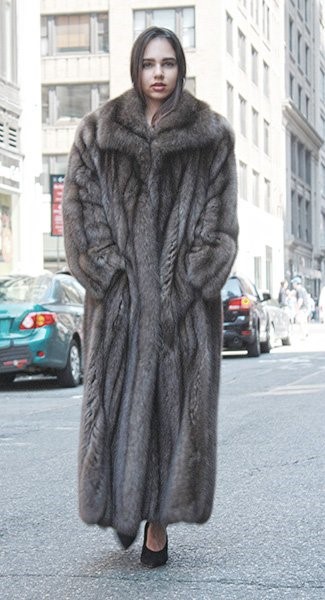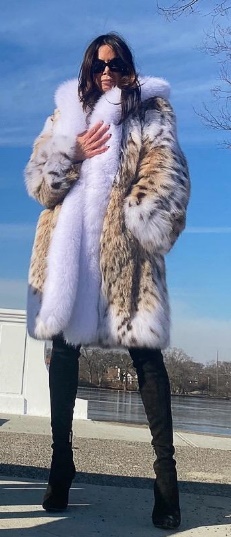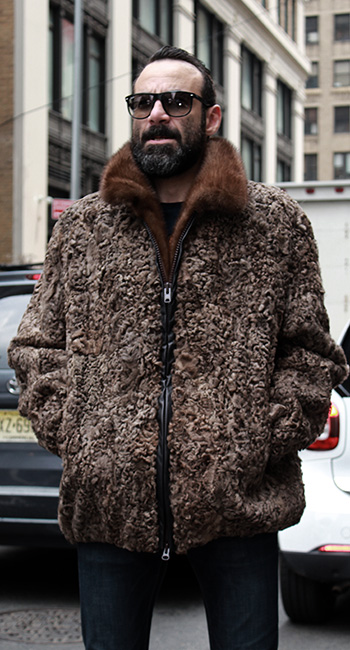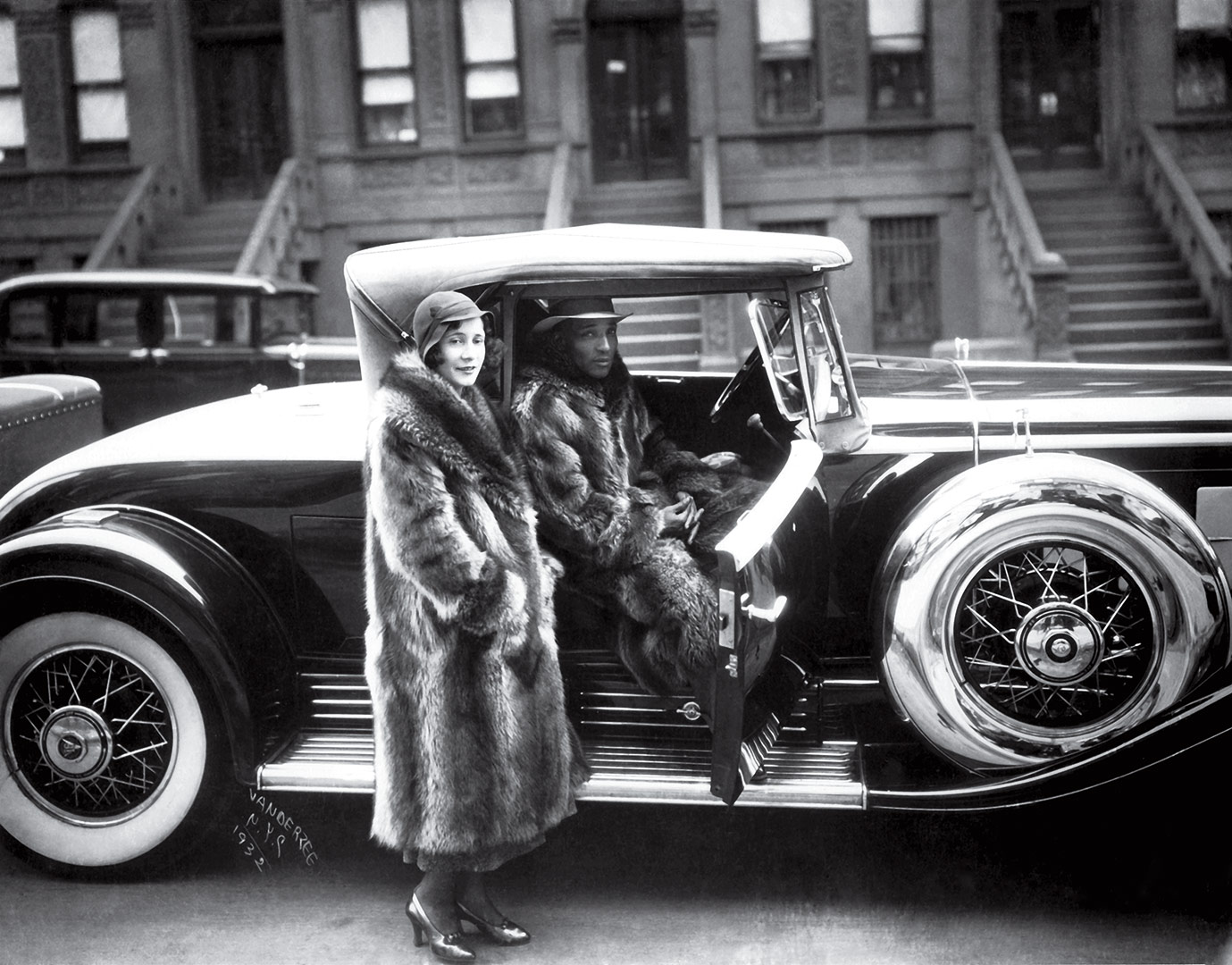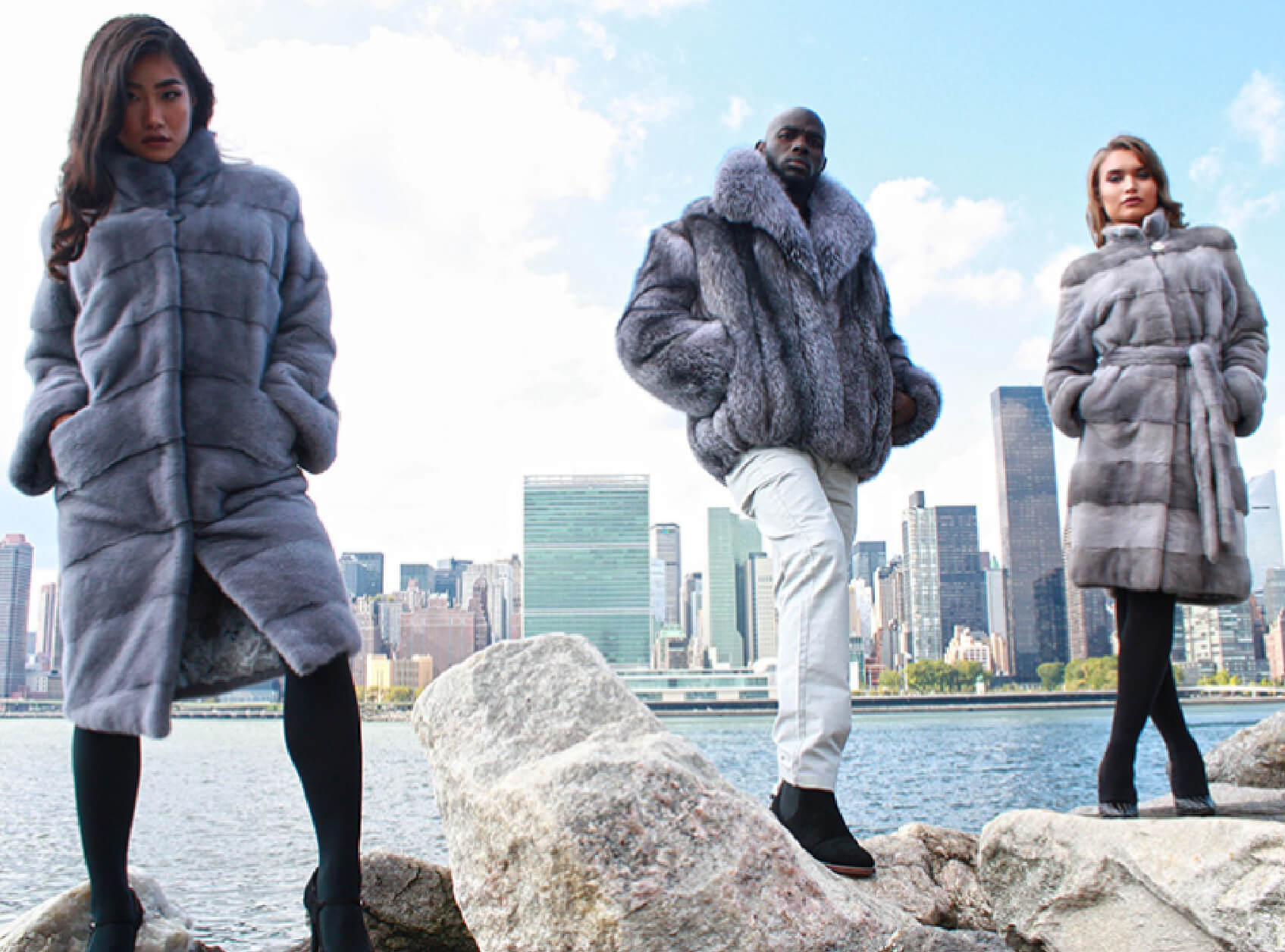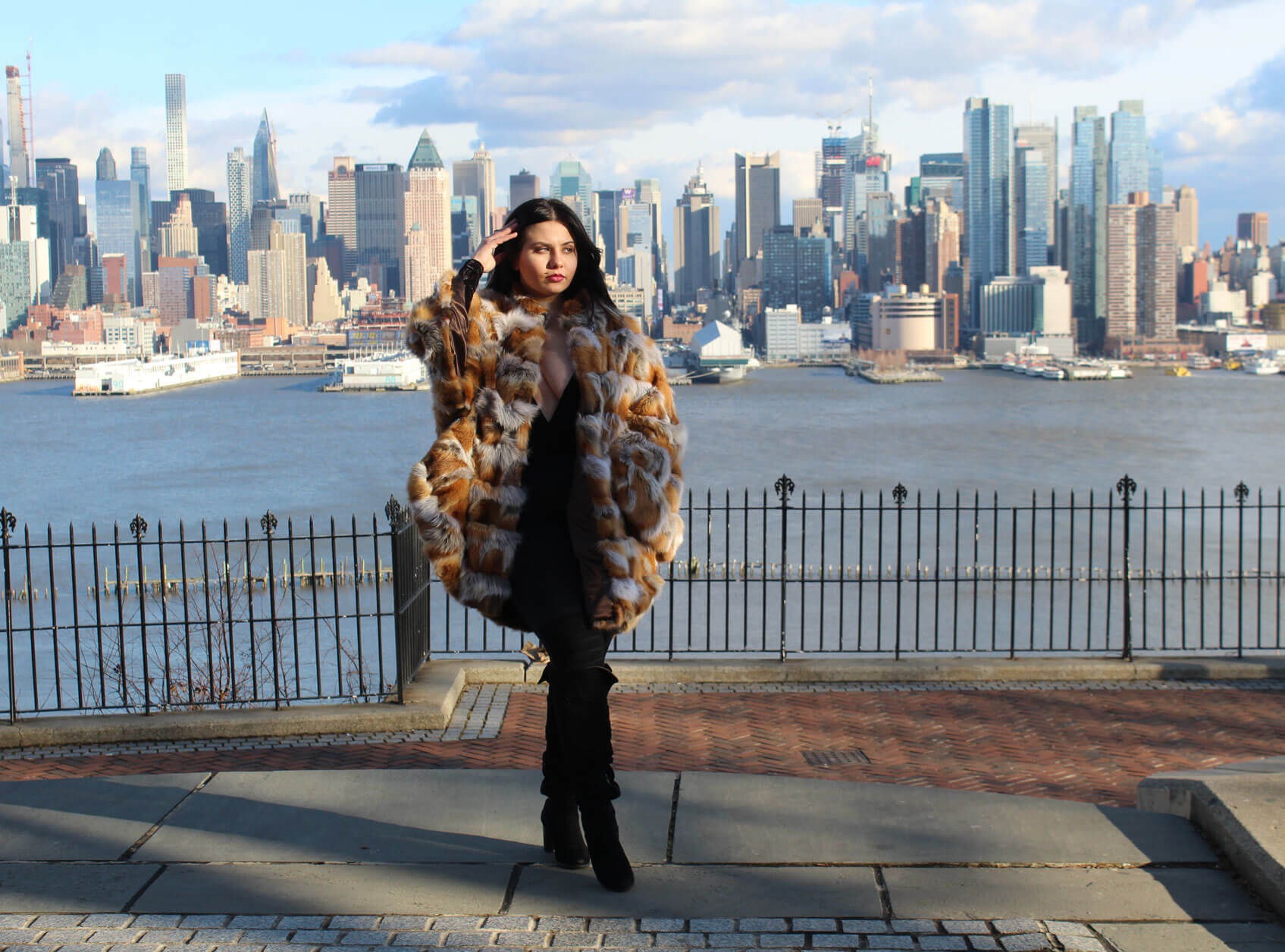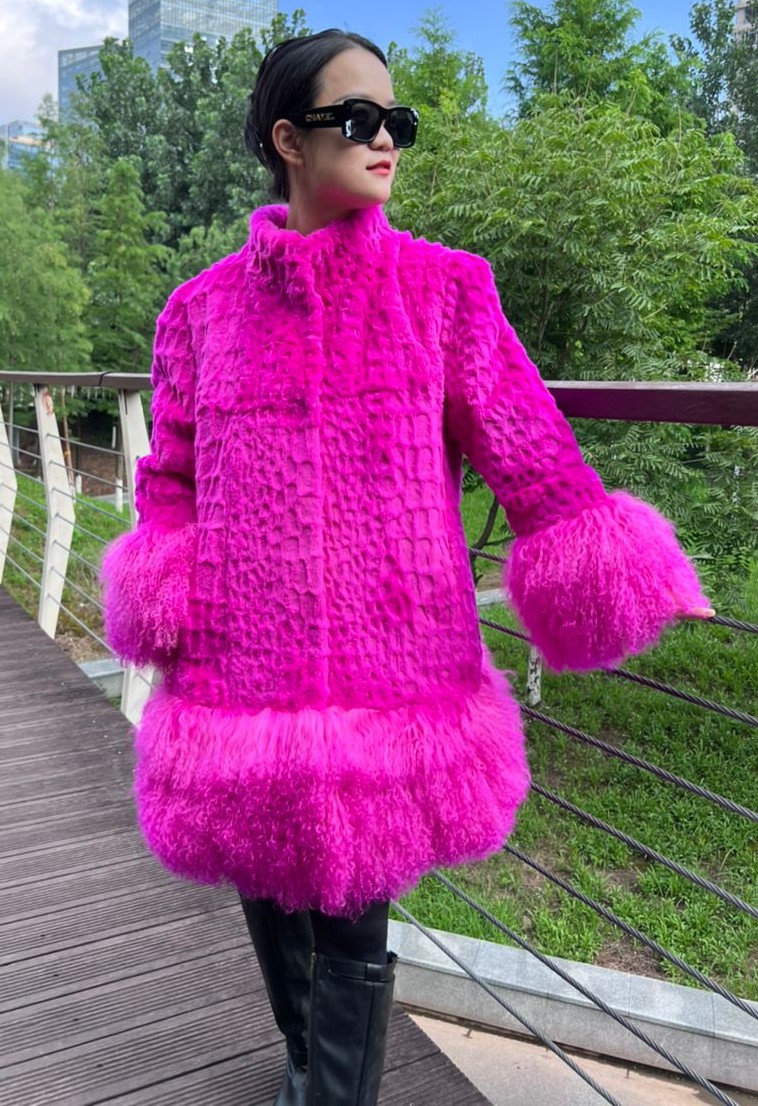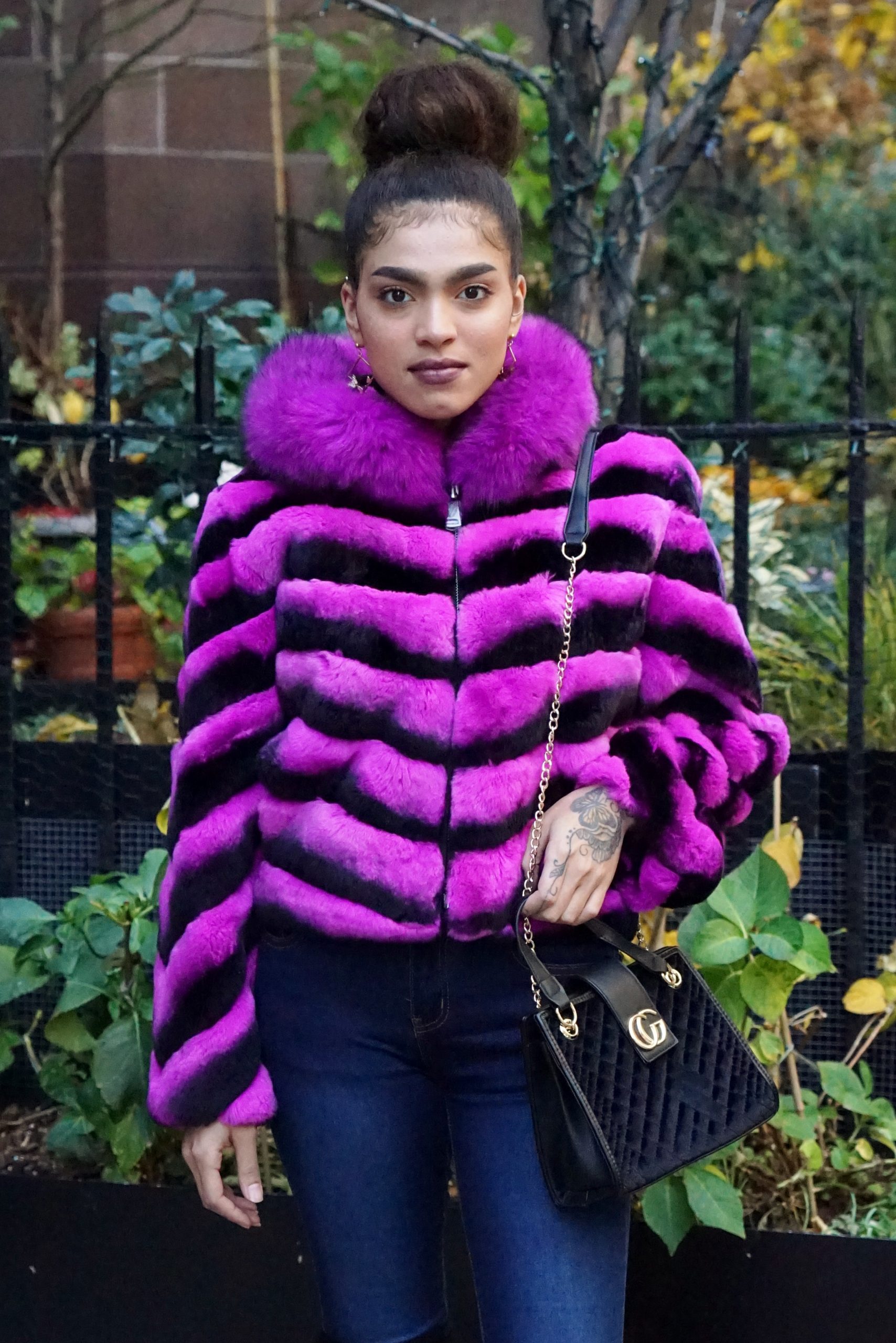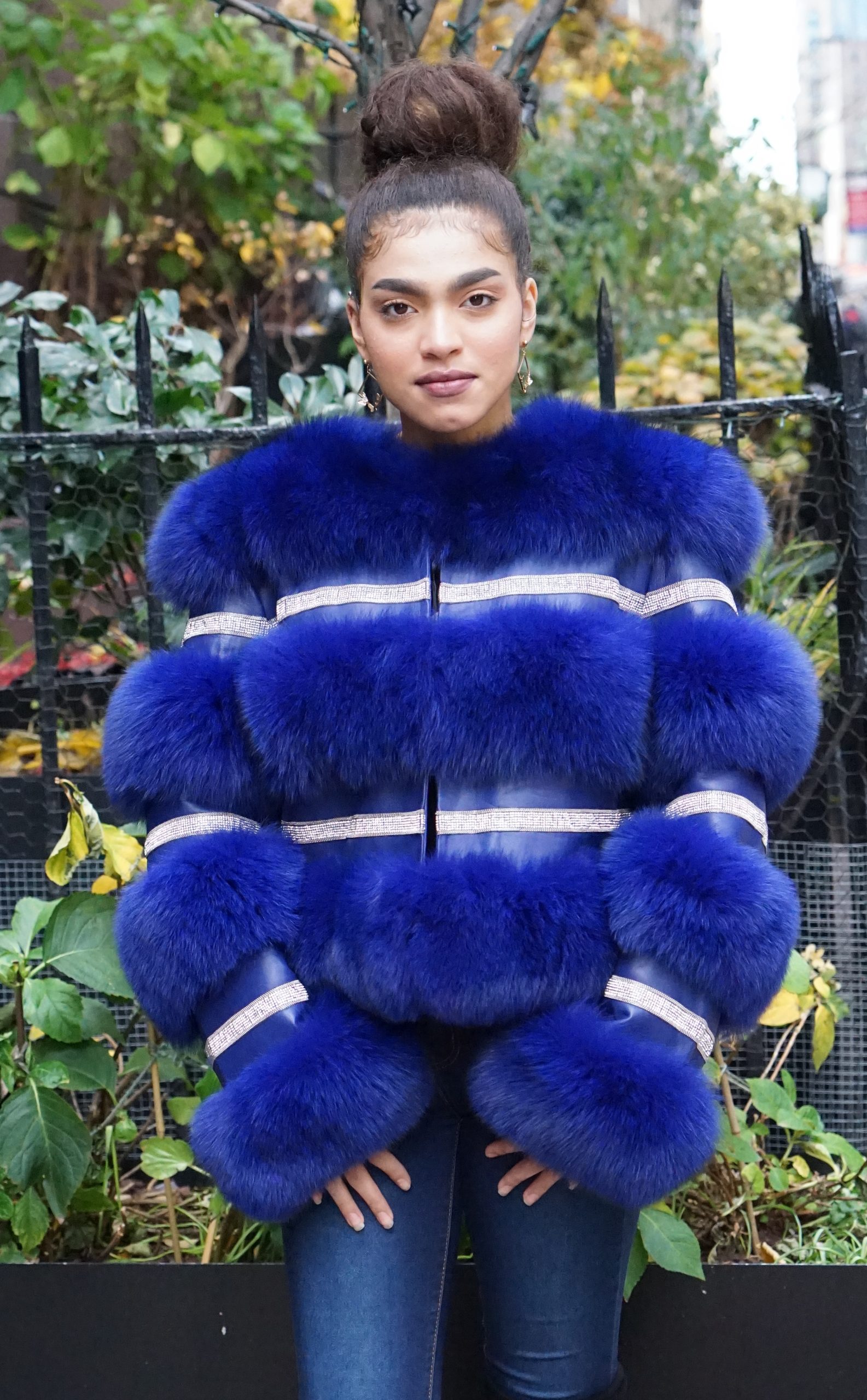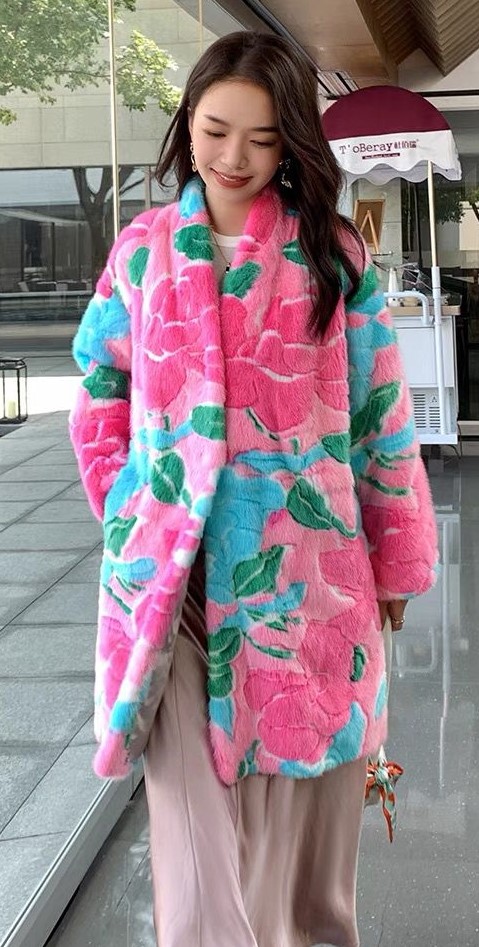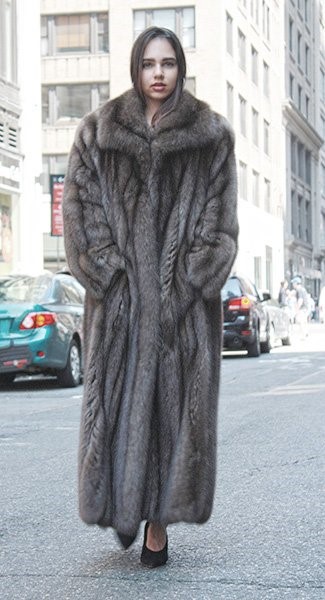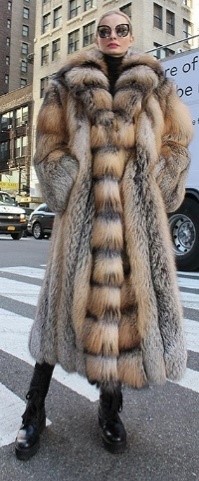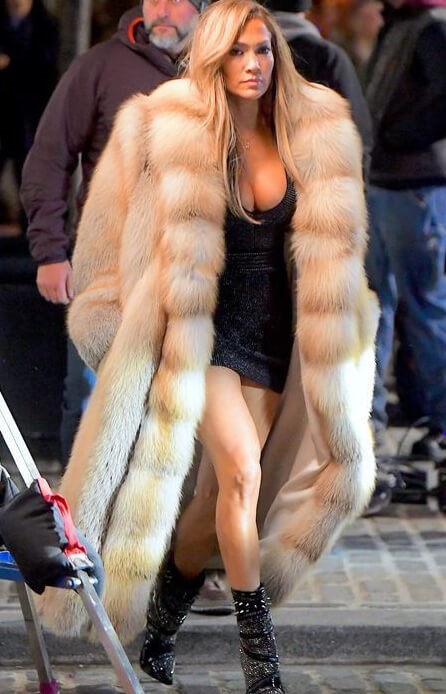100 Reasons to Own a Fur Coat
Know the history of furs
There are many reasons to own a fur coat. Fashion, historical or just for warmth.
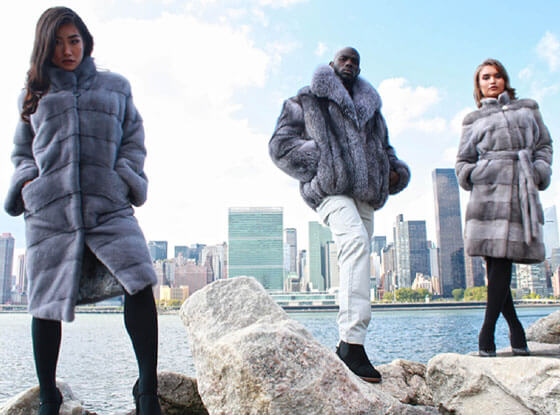
Magnificent Furs from NYC
Social Society finds fur clothing attractive and associate it with a certain level of glamour or luxury,
- Soft texture: Fur clothing often has a soft and luxurious texture that some people find appealing.
- Warmth: Fur can provide warmth, making it practical for cold weather.
- Classic style: Fur has been a part of fashion for centuries and is associated with timeless elegance.
- Glamour: Fur can add a touch of glamour and sophistication to an outfit.
- Confidence: Wearing fur may boost a person’s confidence and self-esteem.
- Attention-grabbing: Fur clothing can make a statement and draw attention.
- Uniqueness: Fur garments can be unique and stand out in a crowd.
- Tradition: In some cultures, fur is a traditional garment with cultural significance.
- Sensuality: The feel of fur against the skin can be sensual for some.
- Vintage appeal: Vintage fur coats and accessories are popular among fashion enthusiasts.
- Variety: Fur comes in various types and colors, offering a wide range of choices.
- Complementing outfits: Fur can complement a variety of outfits and styles.
- Luxury status: Fur is often associated with wealth and luxury.

Magnificent Red Fox Cape NYC Background
- Durability: High-quality fur clothing can last for many years.
- Natural beauty: Some people appreciate the natural beauty of fur.
- Versatility: Fur can be used in both casual and formal settings.
- Texture contrast: Fur can provide an interesting contrast in texture when paired with other materials.
- Sensory experience: The tactile sensation of touching fur can be pleasurable.
- Timelessness: Fur fashion has endured for generations.
- Symbol of opulence: Fur has historically been a symbol of opulence and extravagance.
- Cozy feeling: Wearing fur can create a cozy and comforting sensation.
- Artistry: Fur garments often involve intricate craftsmanship.
- Allure: Fur can add an element of allure to an outfit.
- Confidence booster: Feeling attractive in fur can boost a person’s confidence.
- Customization: Fur can be tailored to fit perfectly.
- Natural insulator: Fur is an excellent natural insulator.
- Soft colors: Fur often comes in soft, neutral colors that are pleasing to the eye.
- Texture play: Fur can be used to create interesting texture contrasts in fashion.
- Elegance: Fur can enhance the overall elegance of an ensemble.
- Historic significance: Fur has played a role in historical fashion.
- Luxury brands: Many luxury fashion brands use fur in their collections.
- Red carpet fashion: Fur is often seen on the red carpet, adding to its allure.
- Vintage charm: Vintage fur coats have a charming, retro appeal.

Vintage Furs
- Attention to detail: Fur fashion often involves meticulous attention to detail.
- Self-expression: Some individuals use fur to express their personal style.
- Bold statement: Fur can make a bold fashion statement.
- Natural material: Fur is a natural material that appeals to some.
- Soft and silky: Fur can have a soft and silky texture.
- Versatile accessory: Fur can be worn as a versatile fashion accessory.
- Cultural significance: Fur clothing has cultural significance in some regions.
- Rarity: High-quality fur garments can be relatively rare and exclusive.
- Vintage glamour: Vintage fur pieces evoke a sense of old Hollywood glamour.
- Feminine appeal: Fur can accentuate feminine features.
- Sensual movement: Fur can add a sensual element to a woman’s movement.
- Confidence enhancer: Feeling sexy in fur can boost a person’s confidence.
- Comfort factor: Fur can provide comfort during chilly weather.
- Investment piece: Fur clothing is often considered an investment due to its longevity.
- Natural beauty: Fur celebrates the natural beauty of animals.
- Variety of styles: Fur is available in various styles, from jackets to stoles.
- Hollywood icons: Many iconic Hollywood stars have worn fur, influencing fashion trends.
- Evolution of fashion: Fur has been a part of the evolution of fashion over the years.
- Exotic appeal: Some fur types come from exotic animals, adding to their appeal.
- Texture contrast: Fur can create interesting texture contrasts in fashion.
- Handmade craftsmanship: Fur garments often involve skilled craftsmanship.
- Luxury accessories: Fur can be used as luxurious accessories like scarves and hats.
- Natural luster: Fur can have a natural sheen that catches the eye.
- Timeless investment: High-quality fur can remain in style for decades.
- Classic Hollywood: Fur is associated with classic Hollywood glamour.
- Warmth without bulk: Fur provides warmth without the bulk of heavy winter clothing.
- Cultural heritage: Some cultures have a long history of using fur in clothing.
- Artistic expression: Fur fashion can be a form of artistic expression.
- Exclusivity: Limited availability of certain fur types adds to their exclusivity.
- Graceful movement: Fur can move gracefully with the wearer.

Black Cross Mink Coat Silver Fox Trim
- Texture variety: Fur comes in a wide range of textures, from fluffy to sleek.
- Natural material: Fur is a biodegradable natural material.
- Craftsmanship appreciation: Some admire the skill required to work with fur.
- Bold fashion statement: Fur can make a bold and memorable fashion statement.
- Regal appearance: Fur can give a regal and majestic appearance.
- Ethereal elegance: Fur adds an ethereal quality to some outfits.
- Vintage allure: Vintage fur pieces have a sense of nostalgia and allure.
- Feminine sophistication: Fur can enhance a woman’s sense of sophistication.
- Texture fascination: The texture of fur can be fascinating to touch and behold.
- Exotic textures: Some fur types offer unique and exotic textures.
- Luxury craftsmanship: Fur garments often involve intricate craftsmanship.
- Cozy charm: Fur can create a cozy and charming look.
- Luxury symbolism: Fur symbolizes luxury and indulgence to some.
- Soft caress: The feel of fur against the skin can be caressing and sensual.
- Timeless beauty: Fur has an enduring beauty that transcends trends.
- Dramatic flair: Fur can add a sense of drama to an outfit.
- Seasonal versatility: Fur can be worn in various seasons, not just winter.
- Iconic fashion moments: Fur has played a role in iconic fashion moments.
- Artistic textures: Fur can be used artistically to create texture in fashion.
- Environmental durability: Fur is biodegradable and environmentally durable.
- Elegant silhouettes: Fur can enhance the overall silhouette of an outfit.
- Classic style statement: Fur is a classic fashion statement.

Black Mink Cape Black Fox Trim Hood
- Soft and supple: Some fur types are exceptionally soft and supple.
- Natural insulation: Fur is known for its natural insulating properties.
- Fashion heritage: Fur is a part of fashion history and heritage.
- Red-carpet appeal: Fur is often seen on the red carpet at prestigious events.
- Unique fashion choice: Wearing fur is a unique and bold fashion choice.
- Historic charm: Fur has a sense of historic charm.
- Sensory pleasure: The sensory experience of fur can be pleasurable.
- Timeless elegance: Fur adds a touch of timeless elegance.
- Feminine allure: Fur can accentuate feminine features and curves.
- Customizable fashion: Fur can be customized to fit individual preferences.
- Versatile dressing: Fur can be dressed up or down for various occasions.
- Environmental adaptability: Fur is naturally adapted to different climates.
- Nature’s beauty: Fur celebrates the beauty of animals in nature.
- Resilient fashion: High-quality fur can withstand the test of time.
- Confidence enhancer: Feeling attractive in fur can boost one’s confidence.
Reasons to Own a Fur Coat
The history of fur coats reflects changes in fashion, culture, and societal attitudes over time. While fur coats have a rich and diverse history, they have also been the subject of ethical debates and evolving fashion preferences in contemporary times. The industry has responded by developing sustainable practices and alternative materials to meet changing consumer demands.
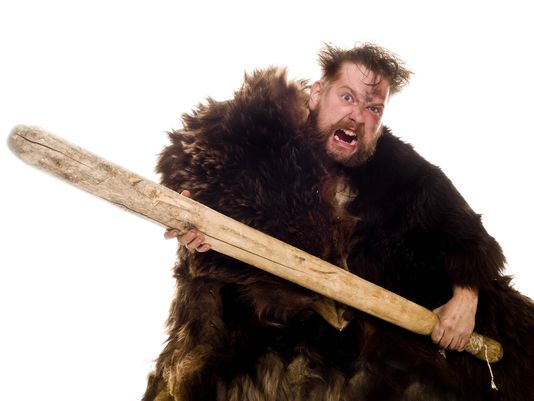
Fur Coats for cavemen
Fur coats have a long history dating back thousands of years and have been used by various cultures around the world for various reasons, including protection from the elements, status symbols, and fashion. Here is an overview of the history of fur coats:
Humans wear fur garments to protect them from cold climates and wind chill, but documented evidence of fur as a marker of social status exists as far back as 2,000 years ago with ancient Egyptian emperors and high priests wearing the skins of leopards
- Ancient Times: Fur clothing can be traced back to prehistoric times when early humans relied on animal hides and fur for warmth and protection. These early fur garments were likely simple pelts worn for practical purposes.
- Ancient Civilizations: Fur clothing was common in ancient civilizations like Egypt, where it was used for both practical and decorative purposes. The wealthy often wore elaborate fur garments as a symbol of their social status.
- Classical Greece and Rome: Fur coats and capes were popular in ancient Greece and Rome, especially among the aristocracy. They were often made from a variety of fur types, including mink, fox, and sable.
- Middle Ages: Fur continued to be a symbol of wealth and status during the Middle Ages in Europe. Nobility and royalty wore fur-lined robes and cloaks, while peasants used more modest fur garments.
- Renaissance: In the Renaissance era, fur fashion became even more elaborate. Fur-trimmed clothing was highly fashionable, and fur-lined gowns, mantles, and hats were common among the European upper class.
- 17th and 18th Centuries: Fur coats and accessories remained popular among the European aristocracy, with sable, ermine, and mink being highly prized. Fur-trimmed clothing became a symbol of opulence.
- 19th Century: Fur fashion continued to evolve in the 19th century. The fur trade in North America, with beaver and other animals, played a significant role in European and American fur fashion. Fur became more accessible to the middle class.
- Early 20th Century: Fur coats reached new heights of popularity during the early 20th century. They became a staple of high fashion in Europe and North America, with designers creating luxurious fur garments.

Mink Fur Mystique Equals Desire Marc Kaufman Furs
- 1920s and 1930s: The Roaring Twenties and the Art Deco era saw the emergence of extravagant fur fashion. Movie stars and socialites embraced fur coats, and fur became synonymous with glamour and luxury.
- Mid-20th Century: After World War II, fur fashion continued to thrive. Fur coats were considered a status symbol and were commonly worn by women as a sign of sophistication and wealth.
- Late 20th Century: In the late 20th century, fur fashion faced increasing scrutiny and controversy due to concerns about animal welfare and conservation. Activist groups campaigned against the use of fur, leading to a decline in its popularity.
- 21st Century: In the 21st century, fur fashion has evolved to address ethical and environmental concerns.
- The above is a list of reasons to wear a fur coat.
